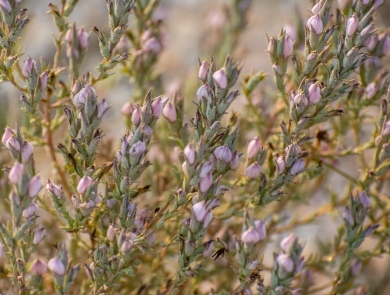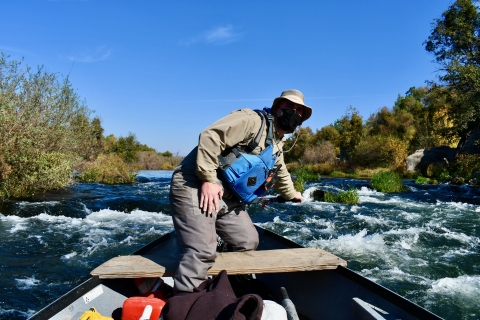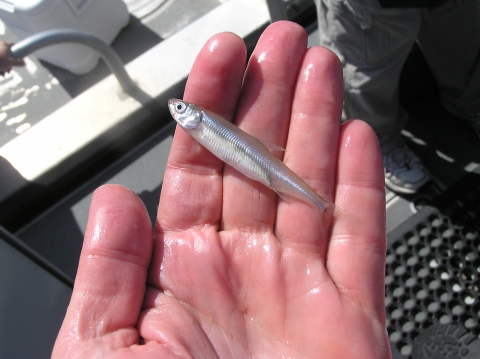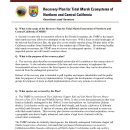About Us
Established in 2009, the San Francisco Bay-Delta Fish and Wildlife Office serves as a public partner supporting the conservation of wildlife, plants and their habitats in the Bay Area, the Sacramento-San Joaquin River Delta, the Sacramento and San Joaquin rivers and their tributaries, and the Central Valley of California. Our scientists work to protect a wide range of at-risk species including fish, flowers, butterflies, birds, snakes, mammals and amphibians.
Guided by the best available science and a commitment to public service, we collaborate with other agencies and members of the public in all of our efforts to help sustainable populations of species thrive. This includes conducting research, restoring habitats and shaping development plans that balance growth with conservation.
What We Do
The Bay-Delta office works to protect threatened and endangered species in diverse habitats such as tidal marsh, rivers and sand dunes. Our coverage area includes the San Francisco, San Pablo and Suisun bays, Sacramento-San Joaquin River Delta, Yolo Bypass and their surrounding areas. For water storage projects and hydropower regulation issues, our team extends its expertise upstream to the Sacramento and San Joaquin rivers and their tributaries. Among other activities, we:
- Evaluate species for listing as endangered (in danger of extinction throughout all or a significant portion of its range) or threatened (likely to become endangered);
- Consult on development projects and provide recommendations to avert, minimize or compensate for negative impacts to wildlife and their habitats;
- Work with landowners, nongovernmental organizations and other agencies to develop cooperative conservation strategies, including recovery plans and conservation banks;
- Conduct biological studies to increase understanding of at-risk species and enhance restoration efforts; and
- Identify sources of environmental contaminants and work to reduce their effects.
Our Species
Bay-Delta is the lead office for eight threatened or endangered species including beautiful butterflies, flowering plants, furry rodents, flying rails and tiny fish.
Bay-Delta scientists also frequently assist with conservation issues related to other at-risk species, often collaborating with the Service's offices in Arcata, Sacramento and Ventura and with the National Marine Fisheries Service.
Working with other agencies, nongovernmental organizations and members of the public, we implement research, species protection and habitat restoration actions to create a roadmap to recovery for listed species, and to help other species thrive and avert listing under the Endangered Species Act.
Projects and Research
Our biologists, researchers and statisticians work closely with state and federal agencies, academic institutions and other stakeholders to advance scientific understanding of California's species and ecosystems.
For example, recent projects include development of Delta Smelt Life-Cycle and Individual-Based statistical models, which enable scientists to assess and predict the effects of water-management actions on the fish’s population. Our team is also forming a plan to supplement the Delta smelt’s wild population with hatchery-raised fish.
We lend our expertise to many collaborative organizations with shared goals, such as theInteragency Ecological Program, Collaborative Science and Adaptive Management Program, Smelt Monitoring Team, San Joaquin River Restoration Program and San Francisco Bay Restoration Regulatory Integration Team, or BRRIT.
Click View All Projects below to learn more.
Our Library
Our library includes many resources to assist your plant and wildlife conservation efforts, including biological opinions, conservation plans, recovery plans and guidance for consultations.
A few of our most requested documents are highlighted here, or click the View Our Library button below.

















